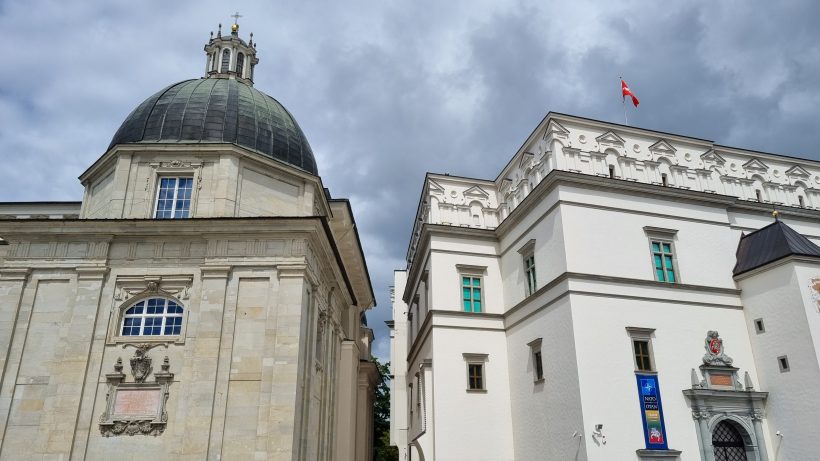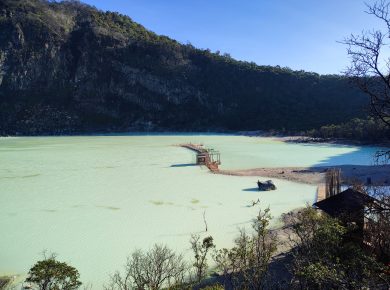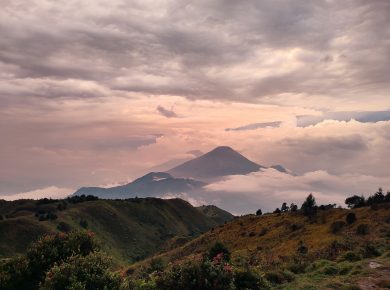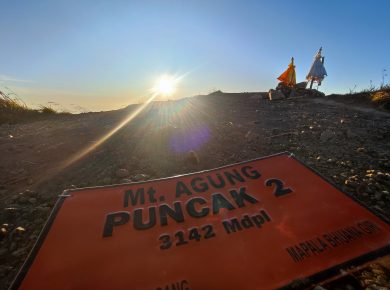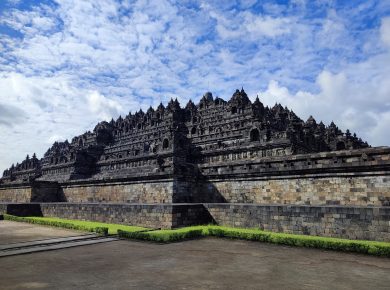Not very many people know Lithuania. Upon mentioning its name, an average person will frown and ask where it is. But this relatively small country actually has many hidden gems for you to find. If you are considering visiting Lithuania and exploring its secrets, we want to help you by telling a little about this little but beautiful country.
Contents
Where is it and what is it
Lithuania is in Europe, a member of the European Union. It is one of the three Baltic countries, located on the coast of the Baltic Sea, along with Latvia and Estonia. It is also the biggest of the three! Geographically, Lithuania is between Poland and Latvia and also has a border with Belarus and Russia (Kaliningrad Oblast).

Lithuania has around 2.8 million people. The capital of Lithuania is Vilnius, its biggest city, its population growing rapidly and approaching 600 thousand people. Other large cities are Kaunas, Klaipeda, Šiauliai and Panevėžys and many resort towns such as Palanga, Nida and Druskininkai.
How do I reach it?
The most common way to reach Lithuania is by plane. Vilnius Airport is the largest commercial airport that serves about 5 million people a year and many European capitals offer flights to Vilnius. The airport is located south of the capital and is just a 15 minutes drive from the center. There are also Kaunas and Palanga airports but they have fewer flights.
Another way to reach Lithuania is by bus as many European cities are connected to Lithuanian cities by bus routes. This way of traveling might be longer but can be cheaper and better for some people. There are also some international trains. Some trains can take you from Belarus, Poland and Latvia to Lithuania and vice versa.
Finally, if you’re from Europe, you can reach Lithuania by car! And unlike in some European countries, there are no payable roads in Lithuania.

Currency
As in many European countries, the currency in Lithuania is the euro. Lithuania used to have its own currency litas but it was changed to the euro in 2015. If you are from Europe or traveling through more European countries, a currency should be no problem at all.
Languages
The national language in Lithuania is Lithuanian. Very few tourists that come to Lithuania know Lithuanian and it is no problem! Lithuanians understand that and try to be helpful. The two other languages that are most popular in Lithuanian are English and Russian. As the Soviet Union occupied Lithuania for half the 20th century and people were forced to speak Russian, many still remember it, especially the older generations. Not all of them might know English. It’s the opposite with the younger generations: not all of them know Russian but most speak English pretty well.

Weather
The climate in Lithuania is semi-continental. It is usually mild, not too warm and not too cold. In summer, the average temperature is around 20˚ C, and in winter, around 0˚ C, although the winters are getting warmer and warmer. What you should definitely prepare for is unpredictable, fast‑changing weather and rain. In fact, there is a theory that Lithuania’s name comes from the word for rain! (Lithuania is Lietuva in Lithuanian and rain is lietus).
Lithuania has four seasons which all differ a lot. Spring is the driest season and might be the best for those who hate rain. Summer is the warmest season but also has the most rain, which does not fall that often but can be very strong. Summer is the most popular season for travel in Lithuania. Autumn is pretty rainy and windy but can be very beautiful, with leaves colored in yellow, green and red, like the flag of Lithuania. Winter is not a popular season for travel but might be preferable for those who dislike crowds and like seeing everything white and frozen.
